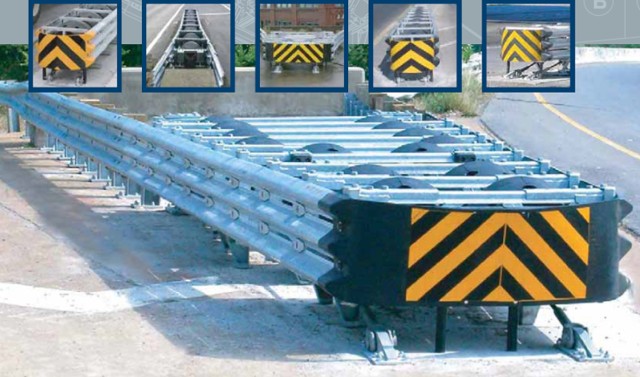good morning Mark
(seems to be around 0200 if you are in EST)
first insomnia and OSA are different animals though i suppose they can coexist.
insomnia is usually treated medically ie melatonin and other sleep aiding meds
surprised that CPAP was not effective but alas there never is 100 percent
mandibular advancement devices are very rarely covered by insurers
they are also quite effective though per literature a bit less than CPAP
the implanted hypoglossal stimulator has been getting good press in the med literature at least lately
i suggest anyone with OSA seek out an ENT who is competent in that aspect of the specalty (not all are)
one can also have a Drug Induced Sleep Endoscopy (see videos on you tube) to determine the exact level of the obstruction of the OSA
and then the doc offers potential surgical options of which there are quite a few.
i suspect as OSA is increasingly recognized maybe maybe things may change a bit
(unions pushing for tests and various treatments to be covered. hey if a treatment exists and is not covered is that discrimination? after all these are not experimental
(as are some chemo etc) rather literature proven...........)
(seems to be around 0200 if you are in EST)
first insomnia and OSA are different animals though i suppose they can coexist.
insomnia is usually treated medically ie melatonin and other sleep aiding meds
surprised that CPAP was not effective but alas there never is 100 percent
mandibular advancement devices are very rarely covered by insurers
they are also quite effective though per literature a bit less than CPAP
the implanted hypoglossal stimulator has been getting good press in the med literature at least lately
i suggest anyone with OSA seek out an ENT who is competent in that aspect of the specalty (not all are)
one can also have a Drug Induced Sleep Endoscopy (see videos on you tube) to determine the exact level of the obstruction of the OSA
and then the doc offers potential surgical options of which there are quite a few.
i suspect as OSA is increasingly recognized maybe maybe things may change a bit
(unions pushing for tests and various treatments to be covered. hey if a treatment exists and is not covered is that discrimination? after all these are not experimental
(as are some chemo etc) rather literature proven...........)

